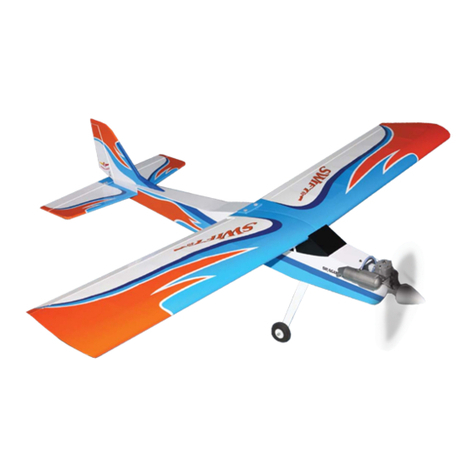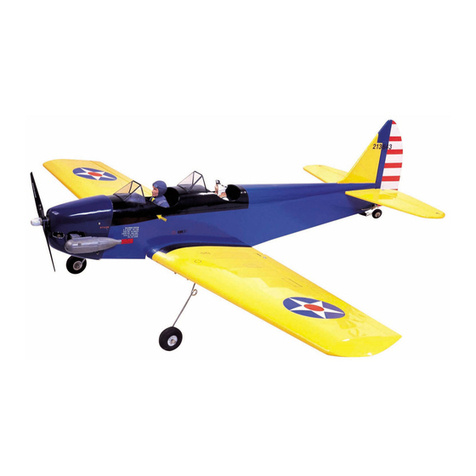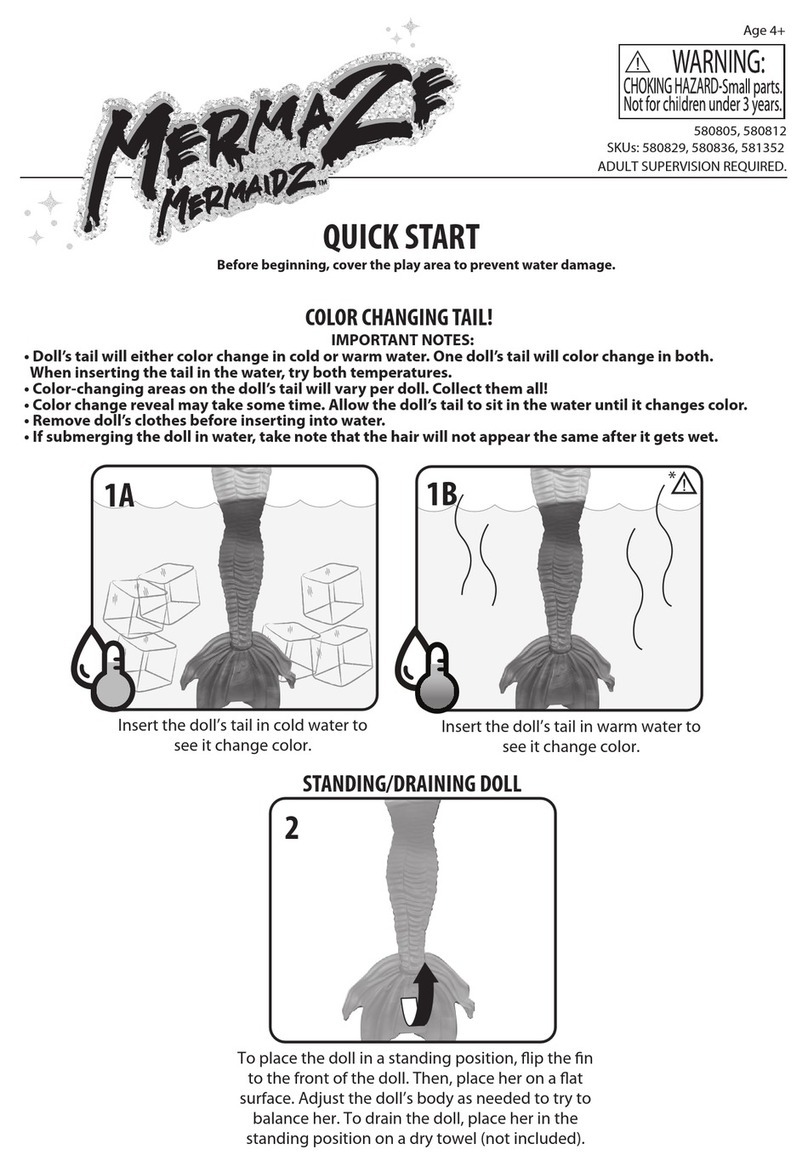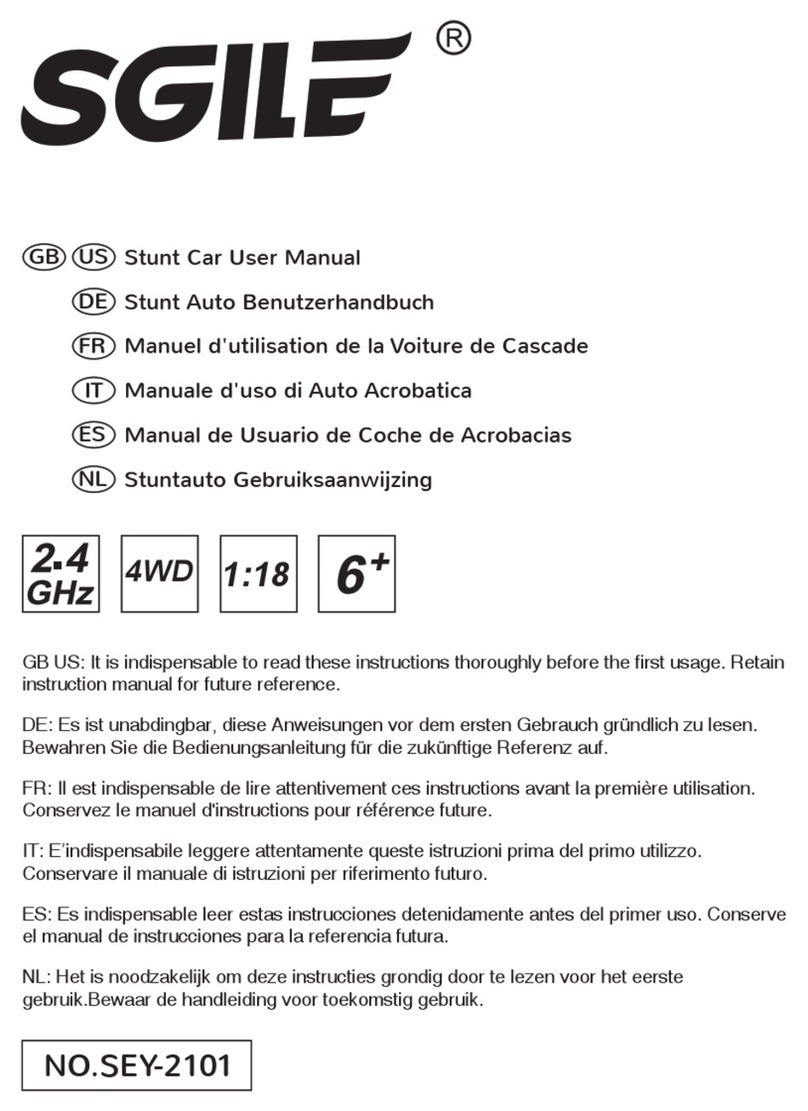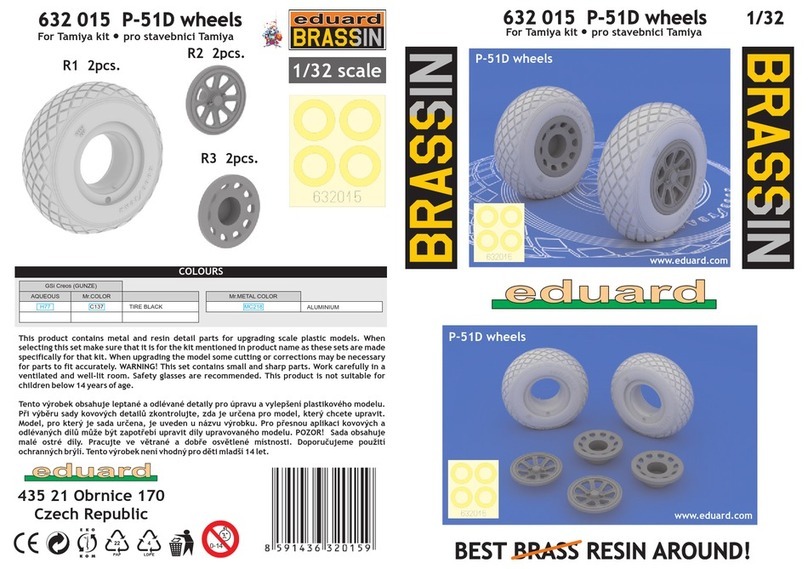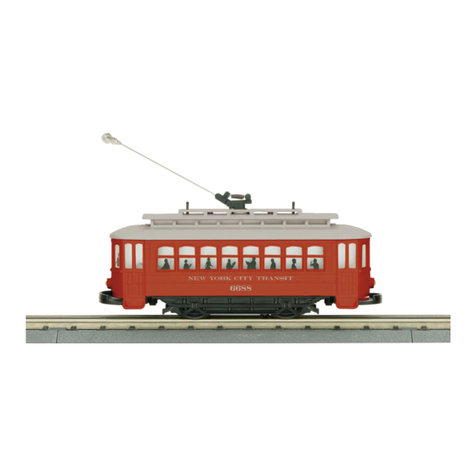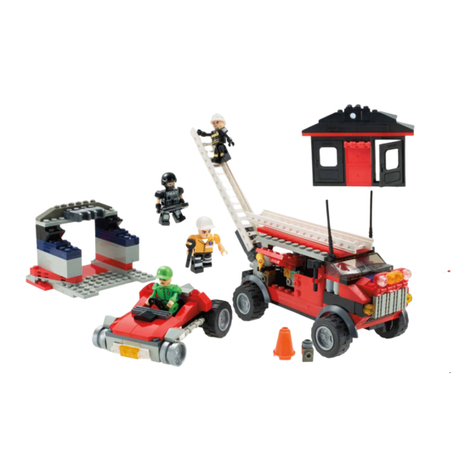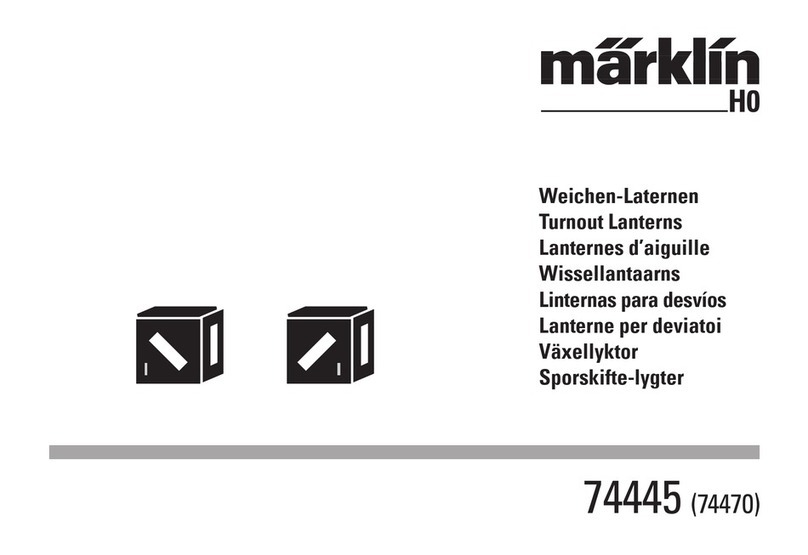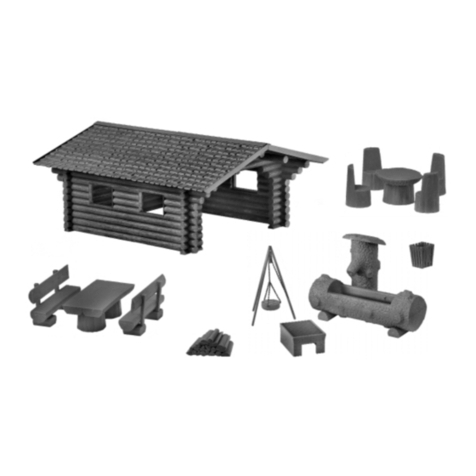Seagull Models CAP 232 User manual




















Other manuals for CAP 232
2
Table of contents
Other Seagull Models Toy manuals
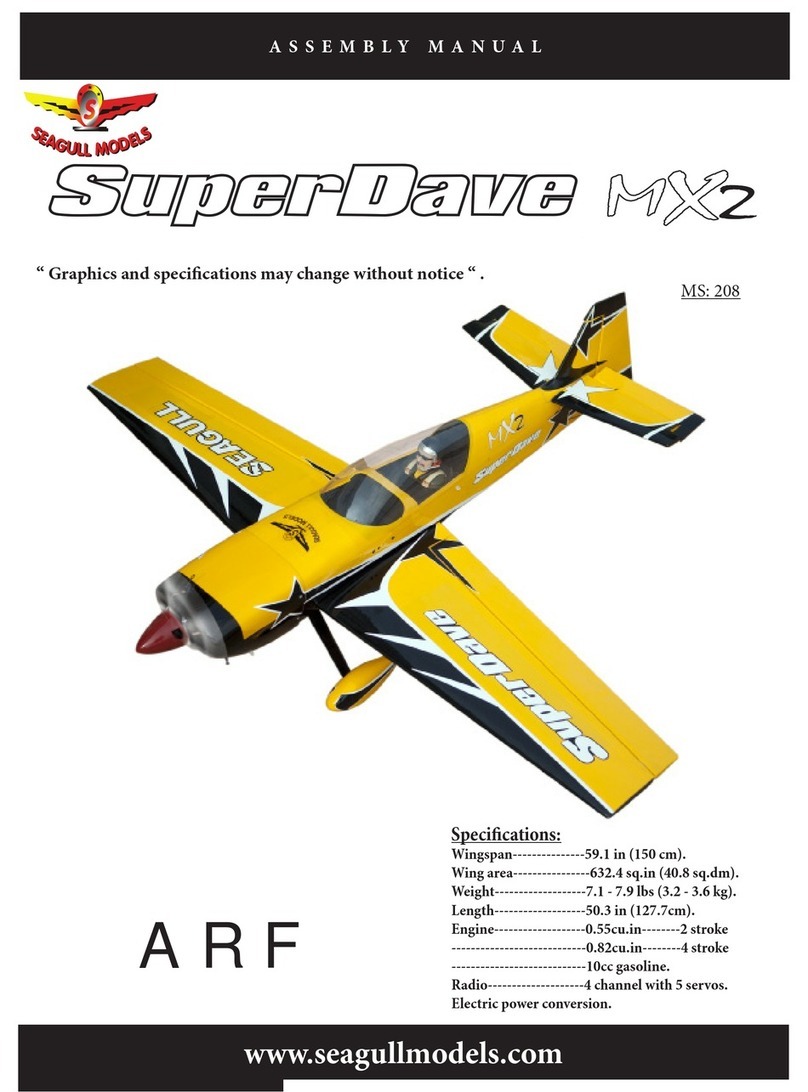
Seagull Models
Seagull Models SuperDave MX2 User manual
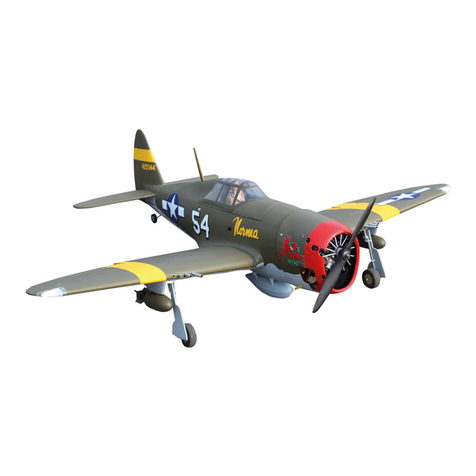
Seagull Models
Seagull Models Little Bunnt P-47D User manual
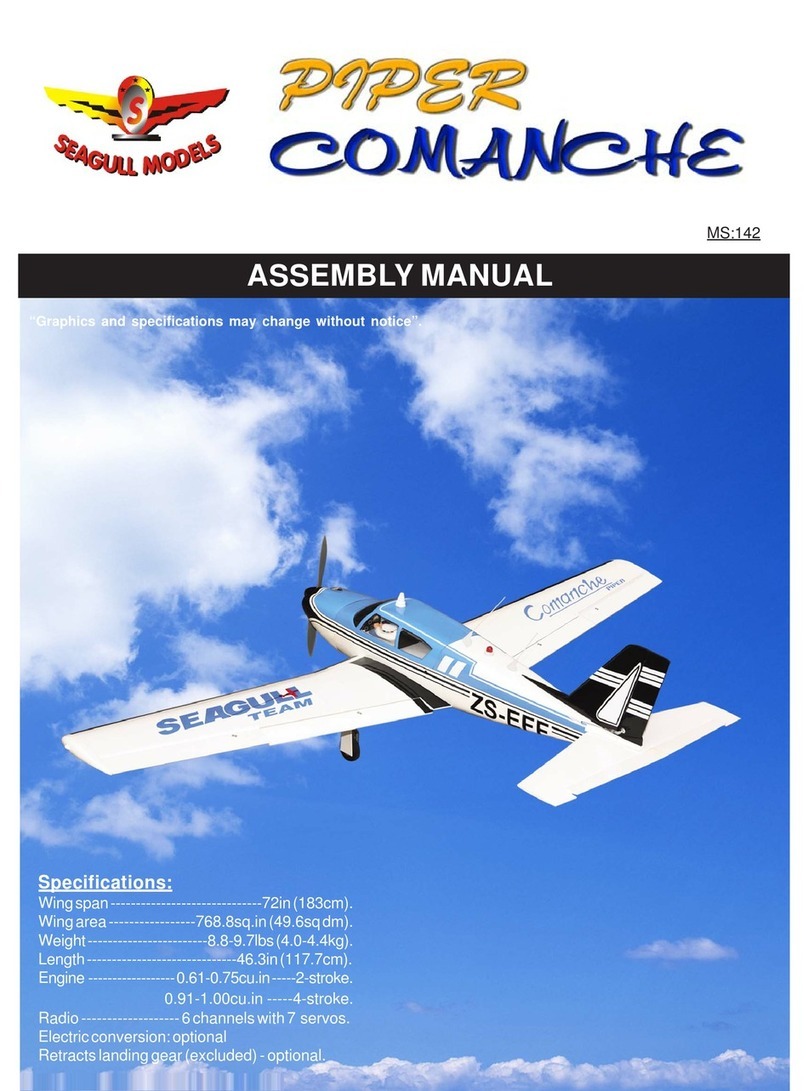
Seagull Models
Seagull Models Piper Comanche MS:142 User manual

Seagull Models
Seagull Models steen skybolt n250sb User manual
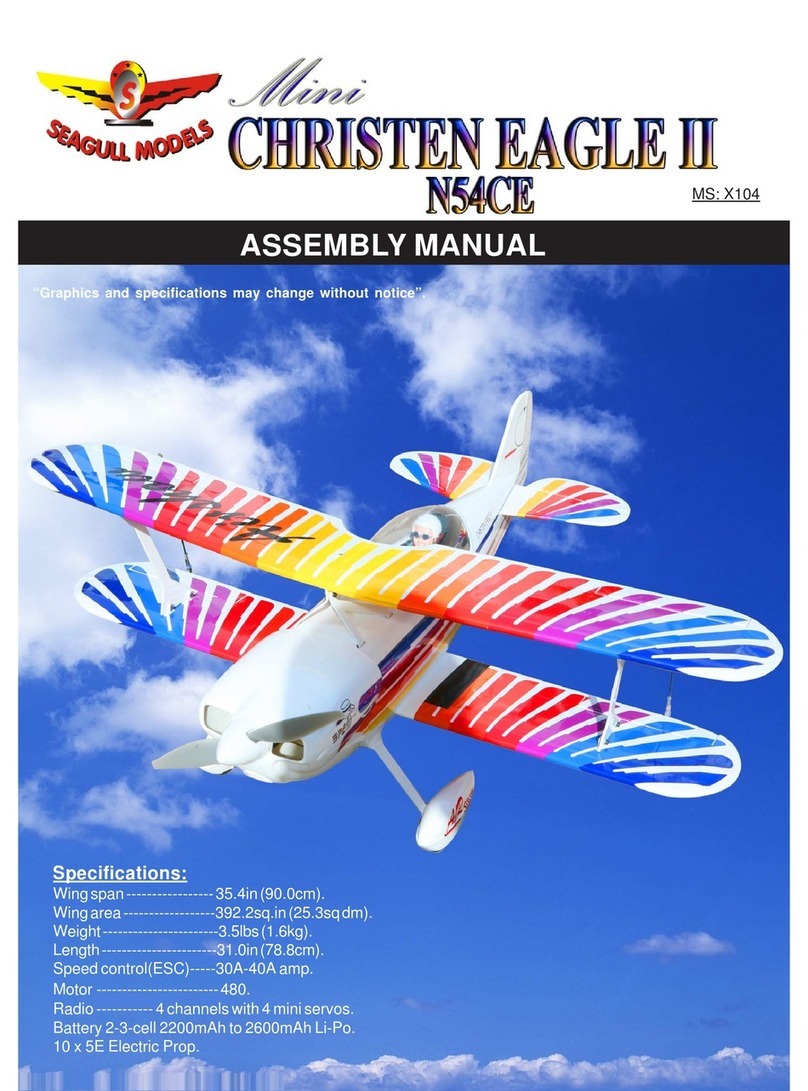
Seagull Models
Seagull Models MINI CHRISTEN EAGLE II N54CE User manual
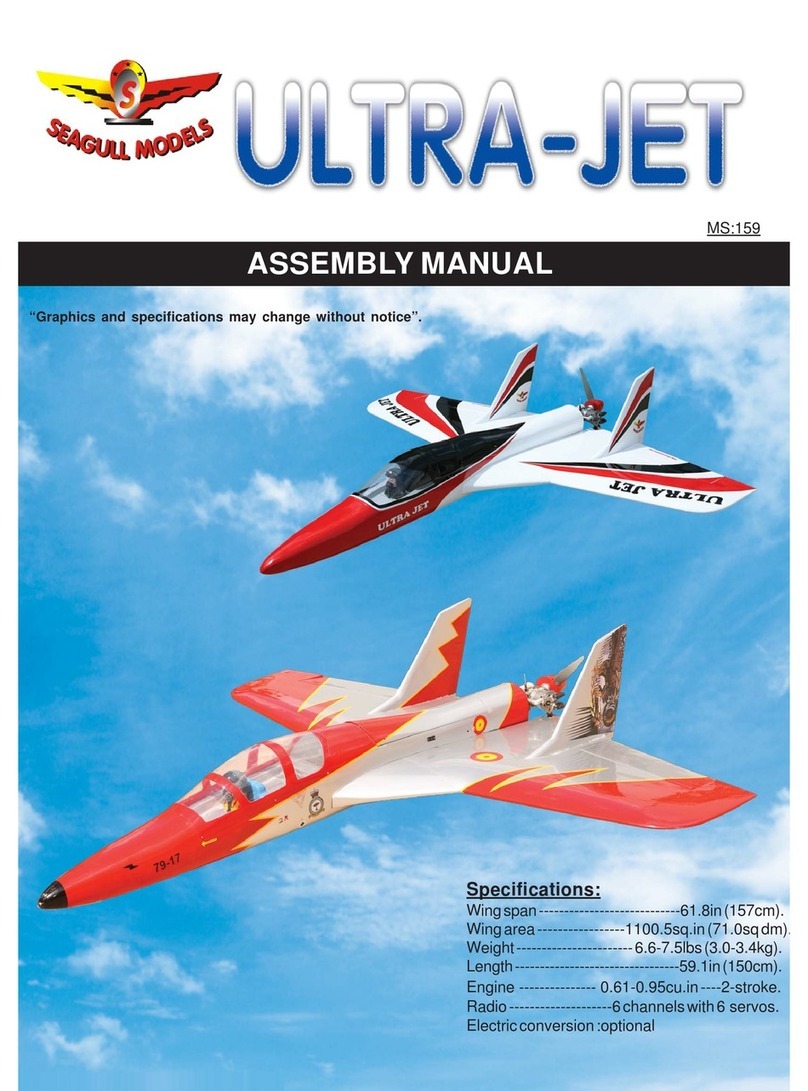
Seagull Models
Seagull Models ultra-jet User manual

Seagull Models
Seagull Models SEAGULL 40 User manual

Seagull Models
Seagull Models GLASAIR SPORTSMAN 2-2 User manual
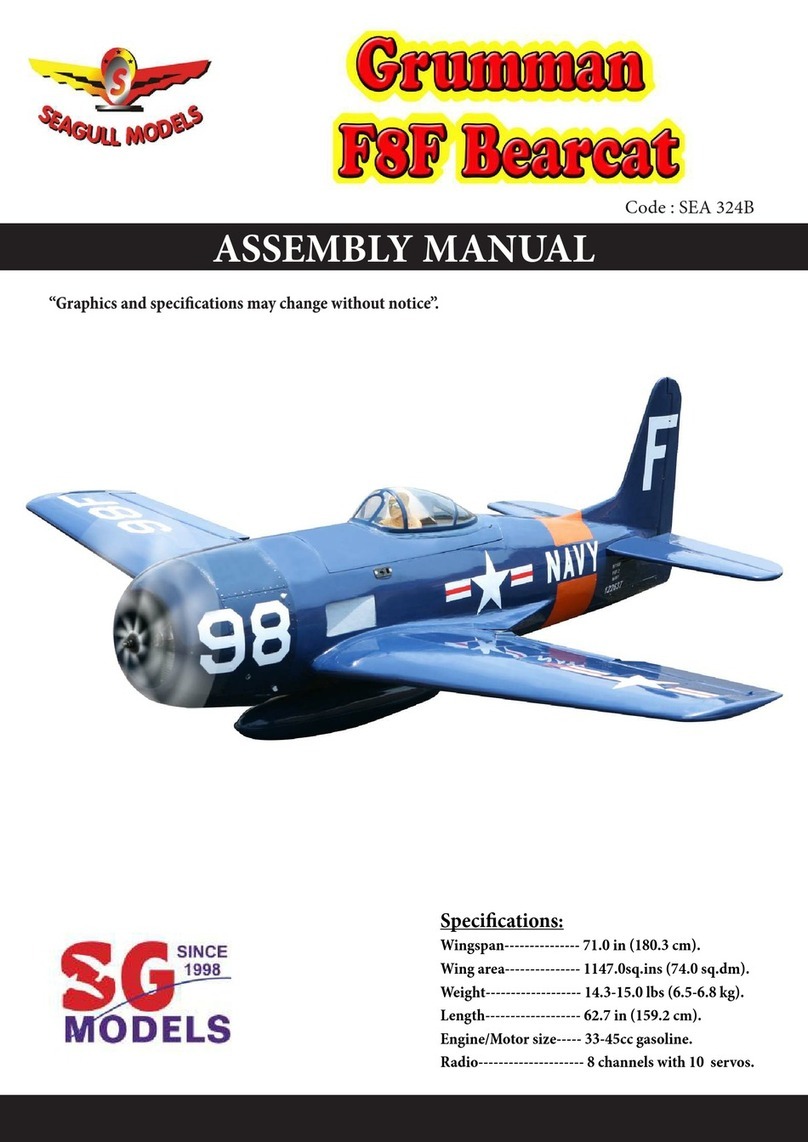
Seagull Models
Seagull Models Grumman F8F Bearcat User manual
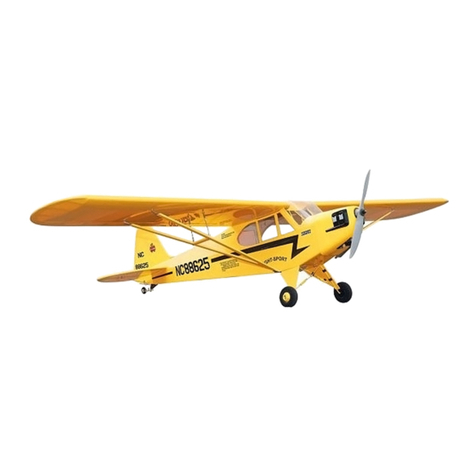
Seagull Models
Seagull Models Piper Cub User manual
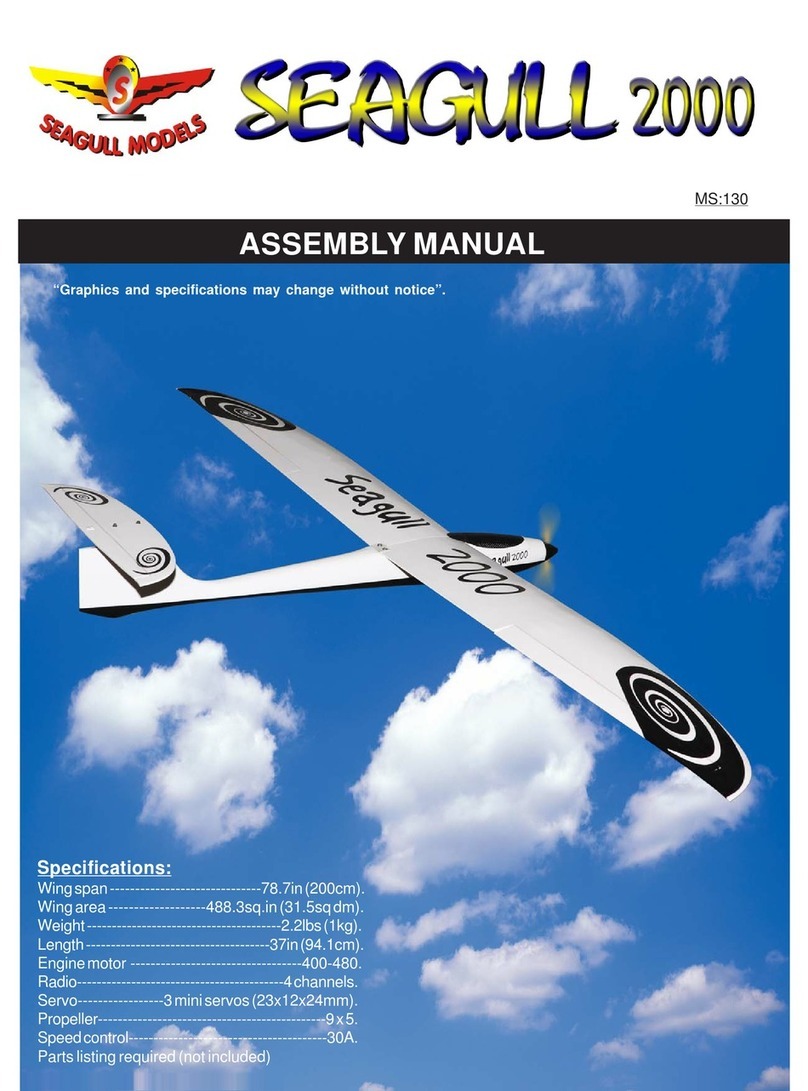
Seagull Models
Seagull Models Seagull 2000 User manual
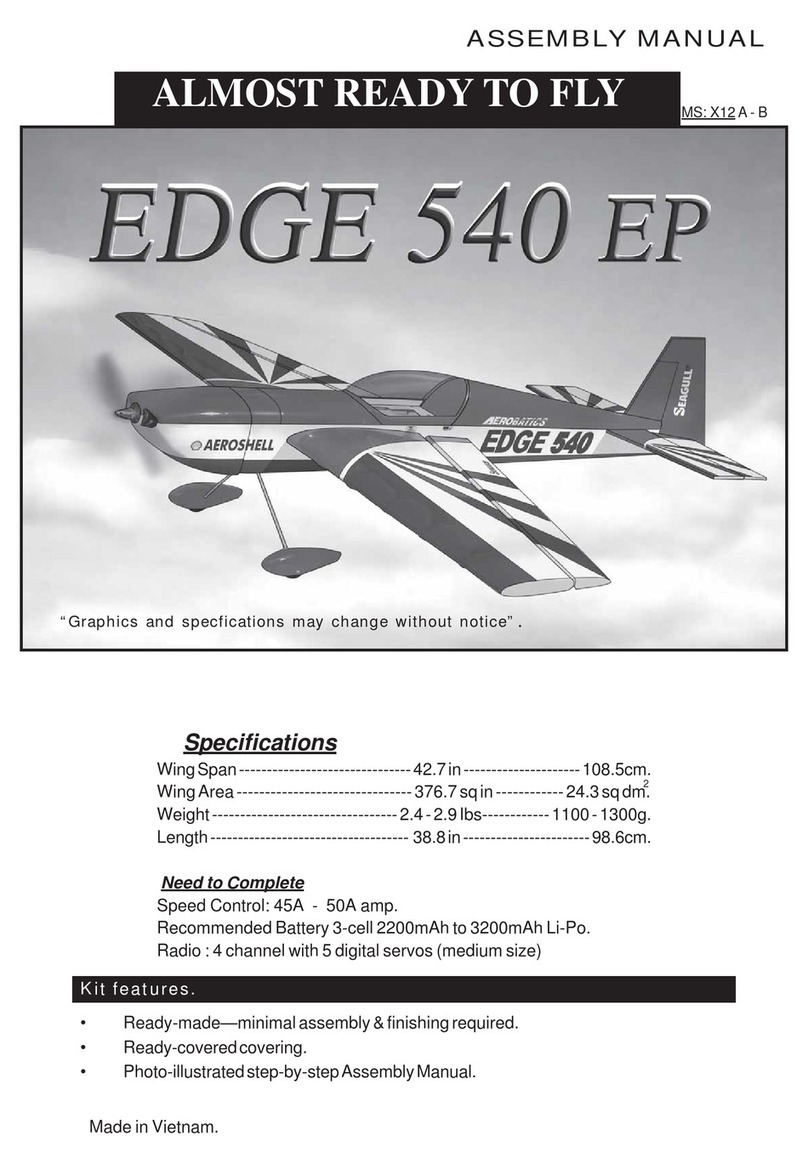
Seagull Models
Seagull Models EDGE 540 EP User manual
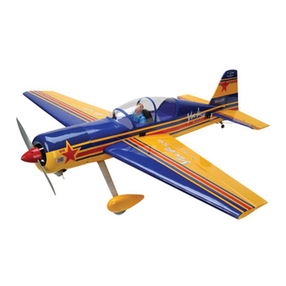
Seagull Models
Seagull Models SEA53A_1 YAK 54 User manual
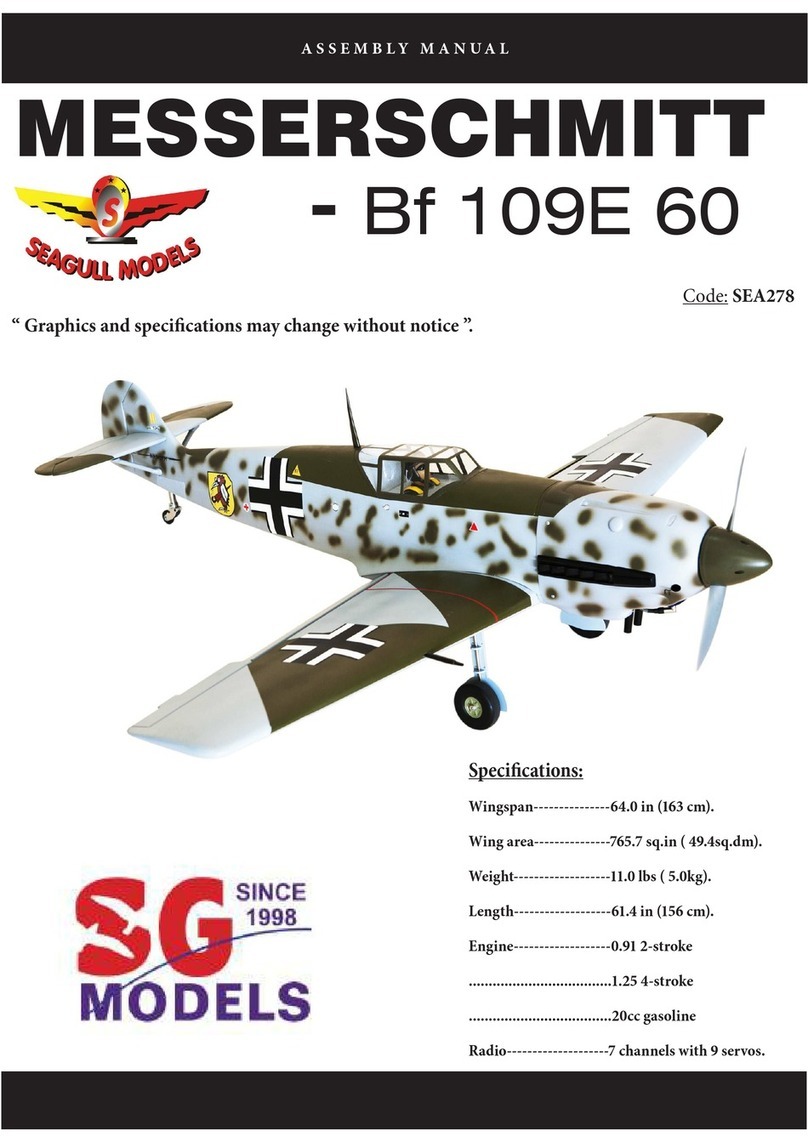
Seagull Models
Seagull Models MESSERSCHMITT BF109E 60 User manual

Seagull Models
Seagull Models YAK 11 User manual
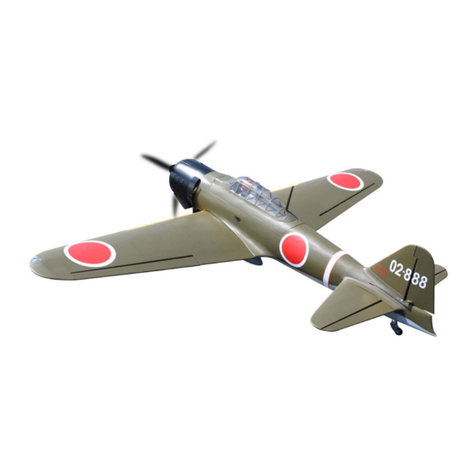
Seagull Models
Seagull Models SEA 334 User manual
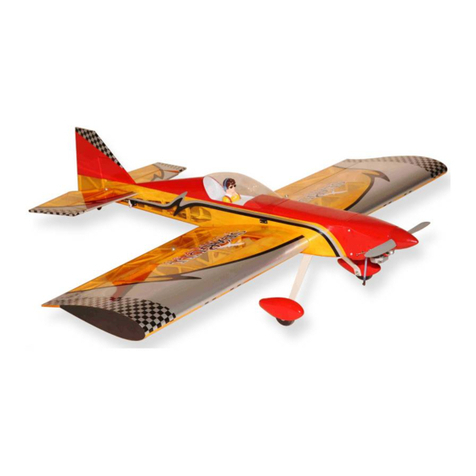
Seagull Models
Seagull Models Funfly 3D User manual
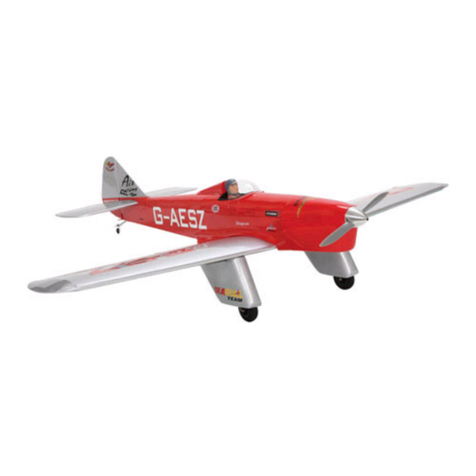
Seagull Models
Seagull Models SPARROW HAWK 62 CC User manual
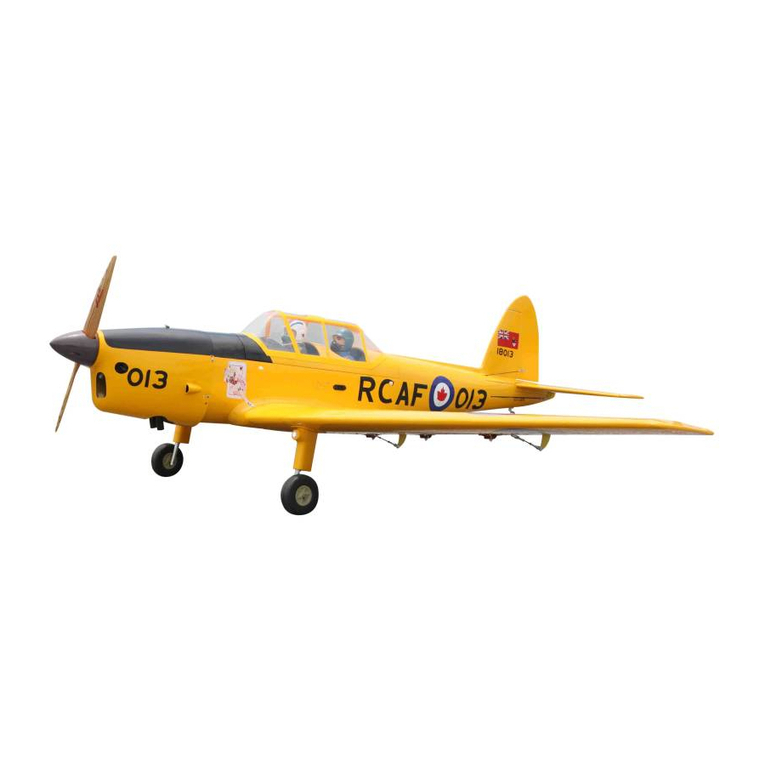
Seagull Models
Seagull Models DHC-1 Chipmunk User manual
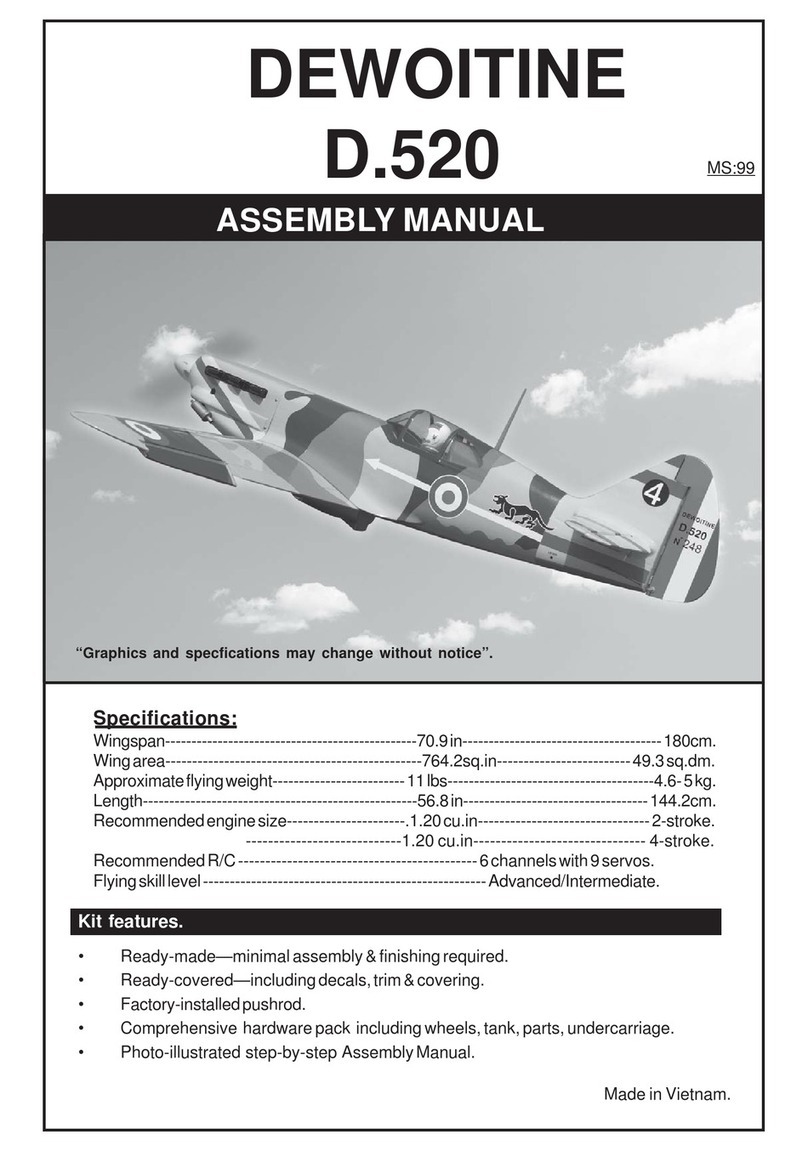
Seagull Models
Seagull Models DEWOITINE D.520 User manual
Popular Toy manuals by other brands

Martha Stewart
Martha Stewart Farmer's Market Play Tent Assembly and care instructions
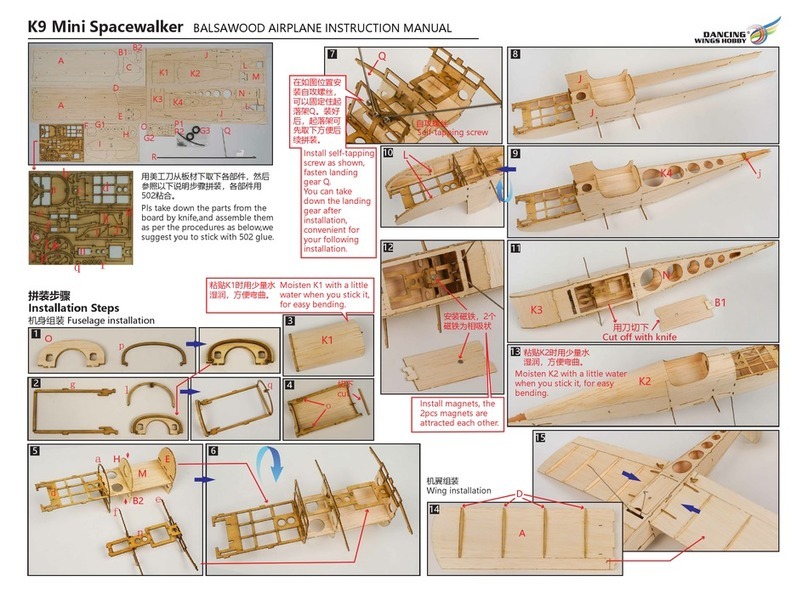
Dancing Wings Hobby
Dancing Wings Hobby K9 Mini Spacewalker instruction manual

Eduard
Eduard 73405 instruction sheet
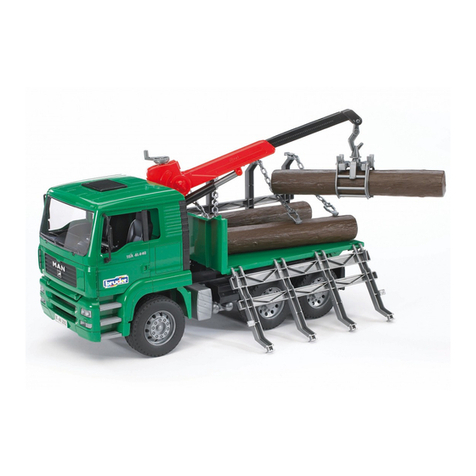
bruder
bruder 02769 Instructions for use
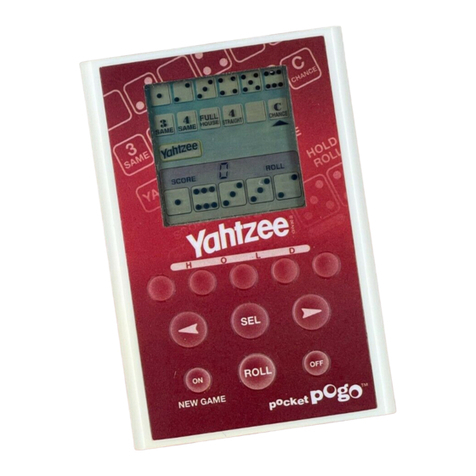
Hasbro
Hasbro EA Pocket Pogo Yahtzee 05288 instructions
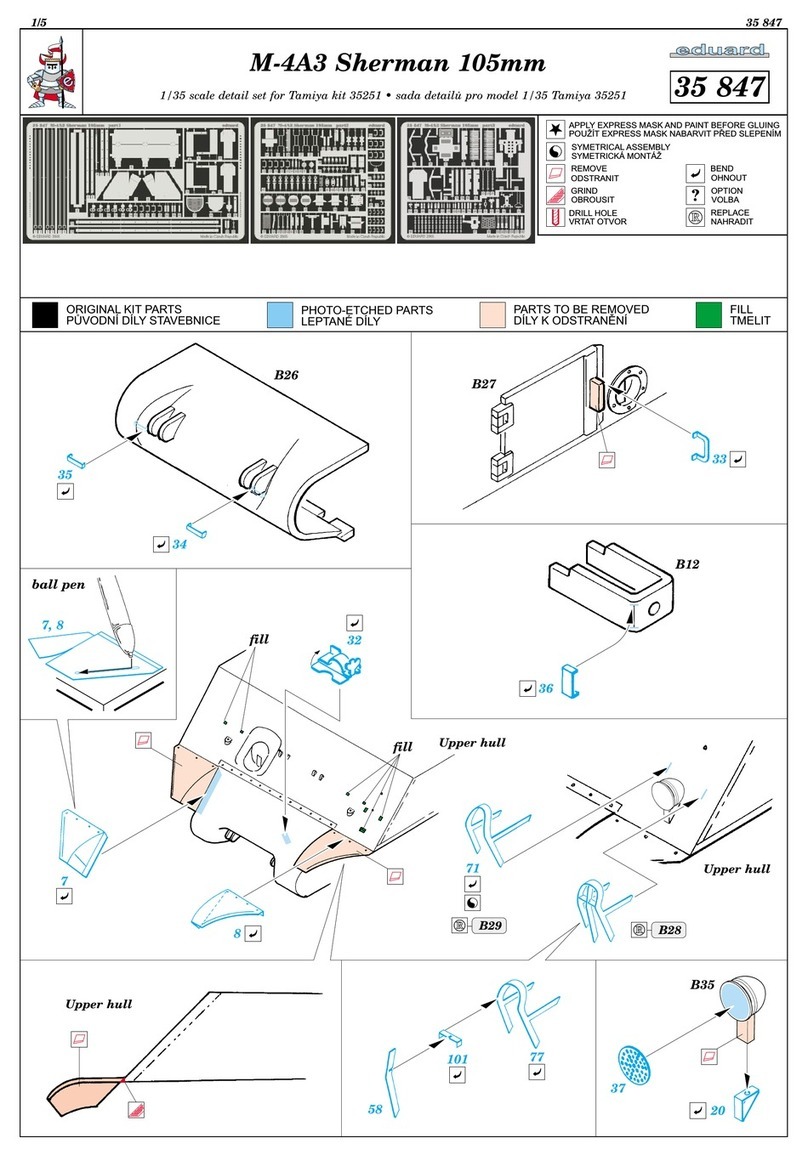
Eduard
Eduard M-4A3 Sherman 105mm quick start guide
